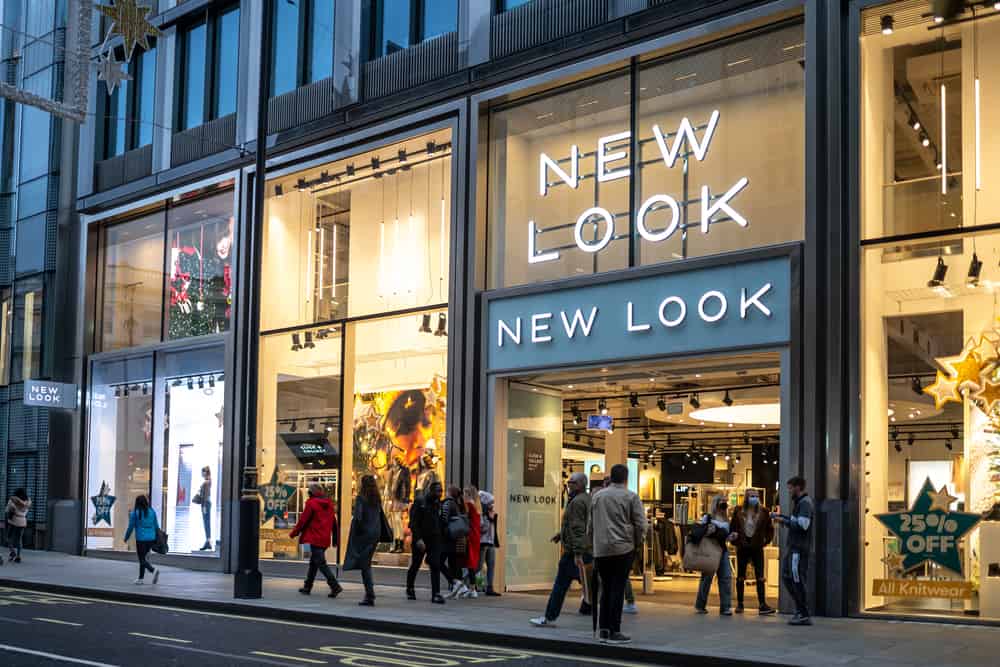As part of our yearly tradition, we step back to reflect and look forward to what the New Year will bring to the e-commerce and multichannel retailers. Here, we hear from contributors across the industry about the upcoming trends they believe will sweep the world of retail.
Prescriptive analytics will overtake predictive analytics
Forrester is an American market research company
Predictive analytics help firms understand likely outcomes from a set of actions — but the process of building and testing a nearly endless number of variables is inefficient. Prescriptive analytics give solid recommendations about what to do next. Intuition, instinct, and opinions are no longer acceptable tools of the trade for retail: People let cognitive biases and corporate politics in late their decisions, and updating hard-coded application decision logic as rules change is expensive. as one US fashion retailer recently told us, “retail executives need to recognize that the skills and know-how that got them where they are today no longer apply . . . the consumer has changed, and their expectations continue to change, rapidly.”
Use prescriptive tools to validate — not replace — decision making. Prescriptive analytics helps the digital professional uncover business opportunities that would be either improbable or impractical to achieve through the use of human data analysis. retailers must use big-data solutions to harbour vast quantities of data in a structured way, but it’s even more important to nd where there are problems within the data that could be holding back sales. Companies can benefit from prescriptive analytics firms like DynamicAction which runs a set of proprietary algorithms to find mistakes among retailers’ myriad and disparate data sets (e.g., site analytics, merchandising systems, content management systems) to provide recommendations on what the retailer specifically must.
US retail economy will prioritise customers to boost revenue
US retail will grow, and digital will in influence over half of US retail sales. We expect that total US retail sales, bolstered by strong consumer confidence, will continue to grow: Since 2010, annual growth for total US retail has ranged from 2% to 5%.2 We forecast that US online retail sales will comprise approximately 14% of total US sales in 2018, and, more to the point, that digital touchpoints will in some way impact more than half of total US retail sales. 3 in 2018, retailers will become bolder about weeding out underperforming stores, renegotiating or selling real estate for more efficient and flexible footprints, testing experience centres, and leaning into the blended physical/digital customer experience.
Make customer needs priority No. 1, then work backwards to deliver that. taking a page from the Amazon playbook, the savviest retailers will focus on growing around the needs of the customer first and foremost — rather than solely those of shareholders. Not everyone has the luxury of delaying quarterly earnings and pro ts, but we do know that improved customer experience improves revenue growth.Witness also retail heavyweight Walmart , which is investing in everything from curbside pickup to in-home delivery to higher-end online-only apparel brands. in finally ending its digital feet, Walmart can now compete much more forcefully with Amazon, Costco, target, and others.
Sharing economy
Ed Bussey is chief executive officer at Quill
Recent research from PwC predicts that the sharing economy will be worth over £250.52bn by 2025. We’ve already seen the sharing economy revolutionise the transport and hospitality industries, and 2018 could see a similar impact on the retail space. With millennial and Gen-Z consumers now placing less importance on ownership, fashion start-ups like Girl Meets Dress in the UK operate using a rental model, whereby users can borrow luxury clothing for special occasions – a cheaper, short-term alternative to buying outright. Similarly, In Denmark, Vigga allows parents to borrow quality baby clothes, rather than buying, to reduce waste. Brexit woes, coupled with a rise in financial insecurity among young people who still want the experience of luxury items, could help contribute to the sharing economy gaining traction in the retail sector in 2018.








